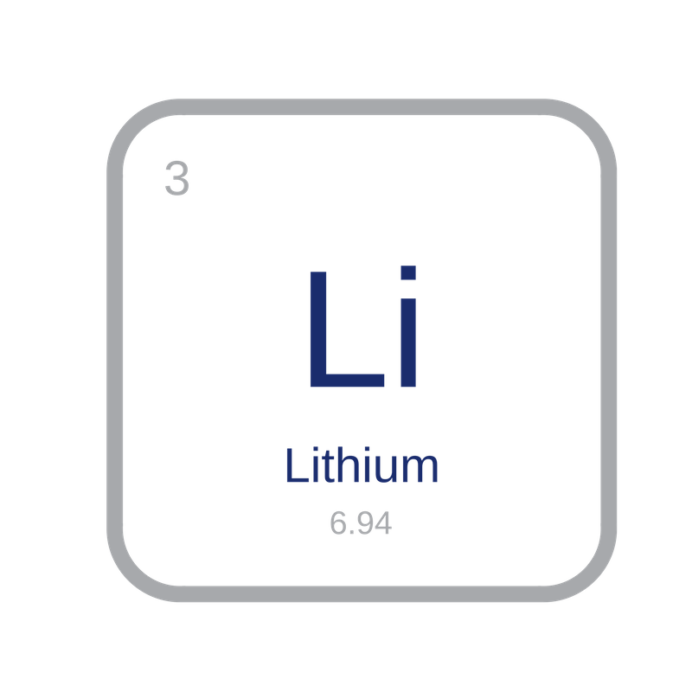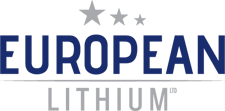Lithium
What is Lithium?
Lithium is a soft metal, the lightest in the periodic table, with a silvery white appearance that reacts immediately with water and air. Lithium also has the highest electrochemical potential, which enables it to achive very high energy and power densities. It has the highest specific heat capacity among solids and a low density (0.53 g/cm³) making it highly applicable to long useful life in small and lightweight batteries. Lithium is a highly versatile metal that is widely used in glass and ceramic manufacture, aluminium smelting, greases, air treatment, metallurgical powders, polymers and a variety of speciality salts and pharmaceuticals.
Lithium Sources

It has generally been accepted in the industry that production from brines is less costly than from hard rock mines mainly due to the elimination of mining costs. However recent studies have shown that brines generally have lower operating costs but higher capital expenditure than hard rock mines and typically take longer to bring into production, which make brine and hard rock projects broadly similar in comparative NPV terms. Hard rock deposits, as encountered at the Project, have some advantages in generally having less impurity variation than brine deposits.
Lithium Products
Lithium carbonate is the most widely produced and consumed lithium compound followed by lithium mineral concentrates and then lithium hydroxide and lithium bromide.
The most common process to convert lithium mineral concentrates to lithium carbonate or hydroxide is the acid-roast method.
There are a wide variety of lithium compounds, so it is commonplace to refer to the lithium content in terms of lithium carbonate equivalent (“LCE”). Lithium carbonate for technical use generally requires a grade of 99.0 % and battery grade at least 99.5%.
Uses for Lithium
Chemical
Technical
New Markets
To learn more about the practical uses of lithium in Europe CLICK HERE
To learn more about the global lithium market CLICK HERE









